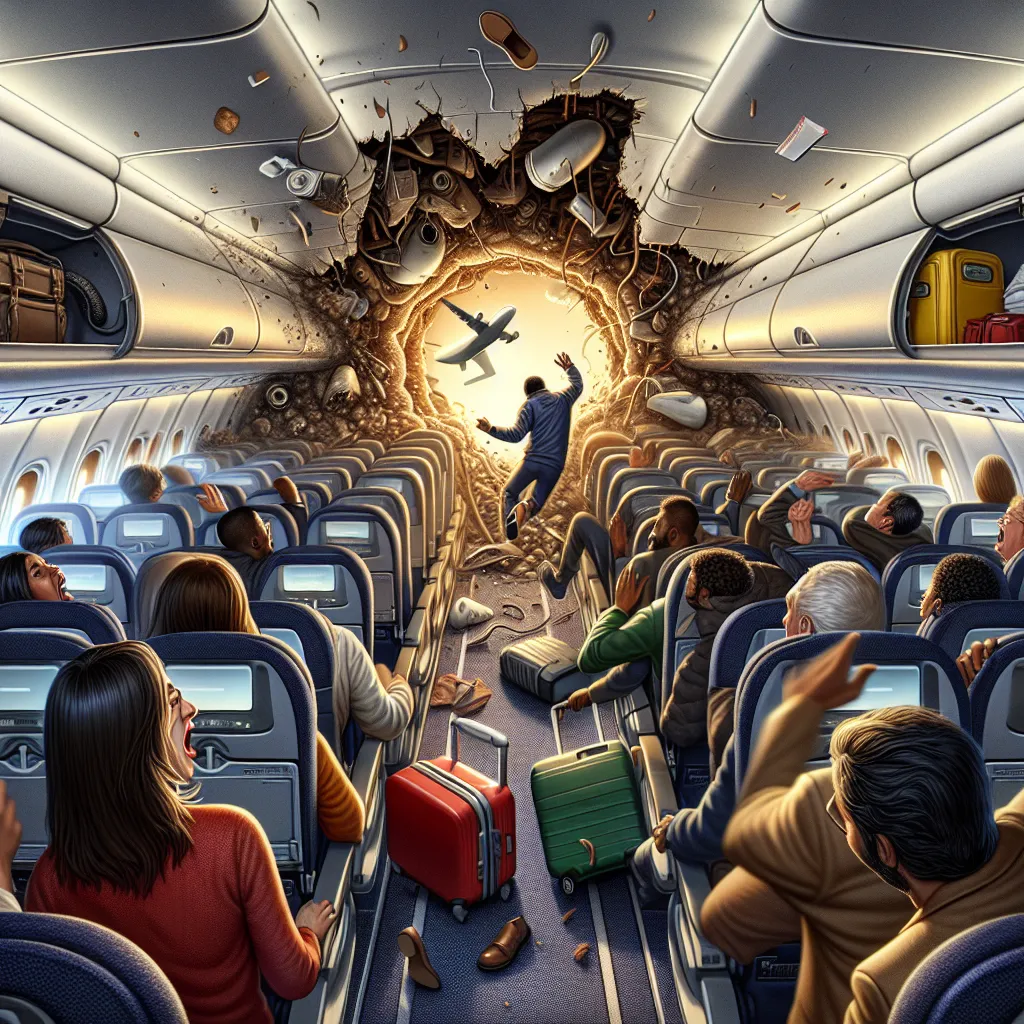I’ve spent a lot of time in airports, watching planes take off and land every minute at some of the world’s busiest hubs. While most flights are uneventful and hundreds of thousands land safely every day, the reality is, some do not. It’s a chilling reminder for those who fly that there’s always a risk.
Take the story from 1989, for instance. A United Airlines flight with 355 people nearly met a tragic end when a massive explosion blew a 15-foot hole in the fuselage. In seconds, everything changed from calm to chaos. Witnesses described the horror of people, baggage bins, and even parts of the plane getting sucked out into the sky. The decompression was so extreme that eight passengers were lost instantly. Yet, in spite of all this, the crew managed to maintain control and safely land the plane back in Honolulu. Passengers lived to tell the tale, but the trauma lingers, making them forever nervous fliers.
Fear of flying isn’t universal, but specific fears, like crashing, are pretty common. Despite modern advancements, flying remains the safest mode of transportation statistically, although these stats can sometimes feel misleading. There’s a viewpoint that says it may depend on how you measure the data—per mile or per trip.
Imagine enduring severe turbulence. One passenger described how everyone on their flight ended up screaming during a vicious storm in Spain. The experience left them even more petrified of flying. And there are those rare but catastrophic moments when turbulence results in injuries and fatalities, as seen in the 747 flight to Honolulu that plummeted 1,000 feet.
Pilots and machines both face extreme tests, and so do the air traffic controllers who work like wizards to keep everything running smoothly. At busy airports, thousands of takeoffs and landings happen daily—all needing perfect coordination. Occasionally, however, all systems fail simultaneously in the worst possible ways, like the 2000 Concorde crash or the infamous runway collision in 1991 at Los Angeles International Airport.
Sometimes, the dangers are unexpected. Small debris on the runway can lead to catastrophic failures. That’s what happened with the Air France Concorde, which hit some stray metal causing a tragic crash shortly after takeoff. The new generation of scanning technology helps, but it can’t catch everything.
Then there are the passengers themselves. Stories of in-flight hijackings remind us of the human element of danger. The Ethiopian Airlines tragedy, when three hijackers forced a crash into the Indian Ocean in 1996, is a prime example. Even with precautions like the Federal Air Marshals program, these events can still occur.
And lastly, health is a concern above 30,000 feet. Deep vein thrombosis, unhealthy cabin air, and airborne diseases are real risks. Sitting still for hours can lead to serious health issues, which might only become apparent after landing.
For some, flying remains a paralyzing fear no matter w
hat. Yet it’s also undeniable that miracles of survival do happen, shaping lives profoundly. Survivors talk about newfound appreciation for life and a change in priorities, having faced moments where they truly believed it was the end. Whether flying brings out tales of terror or triumph, it’s an experience that continues to conflate fear with fascination, and sometimes, even a touch of fate.






